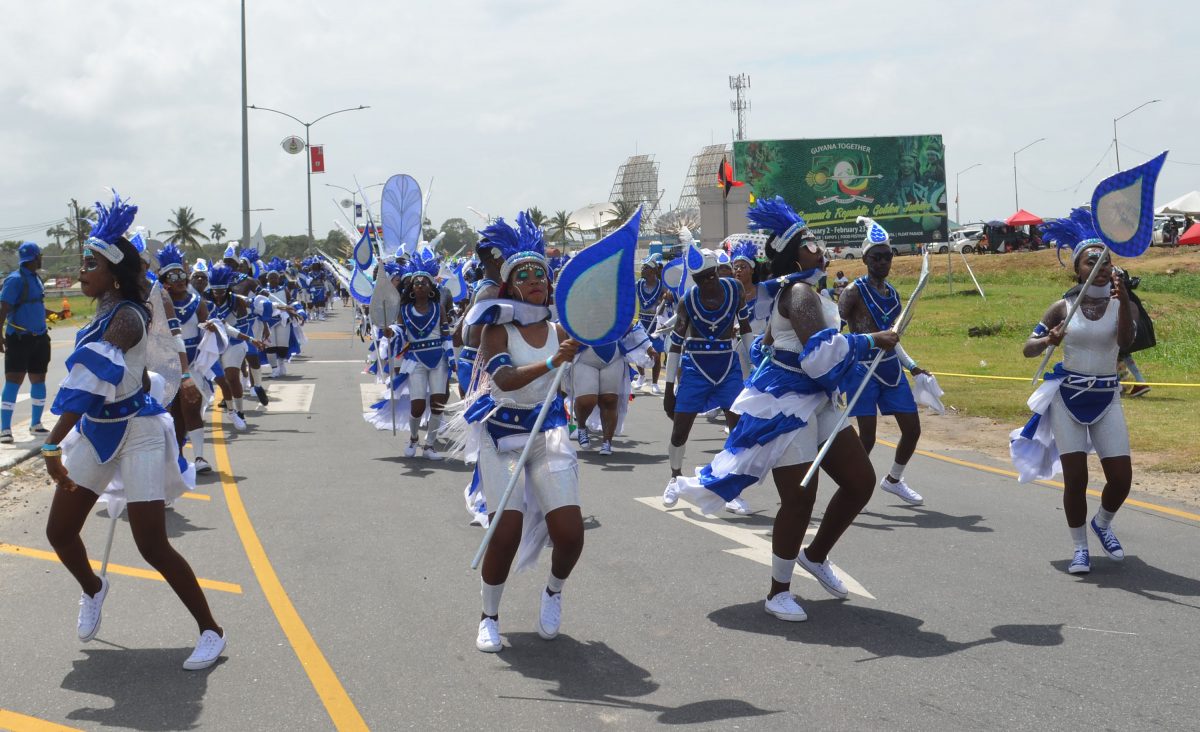
Fifty years is a very appropriate time to evaluate a festival that was manufactured for the occasion of republicanism, but which seeks to be an important national cultural tradition. It assumes great importance because it is the official cultural activity to celebrate nationhood, and it makes very interesting study as a cultural festival. One of the most significant factors in this study is the name of the festival and what it means.
The name Mashramani is very well known, and virtually every Guyanese will tell you what they believe it means. The origin and meaning are taught in schools. The pupils are taught that Mashramani is an Amerindian word which means a celebration after cooperative work. They are told that it comes from the Arawak and describes a tradition of celebrating and making merry after work.


